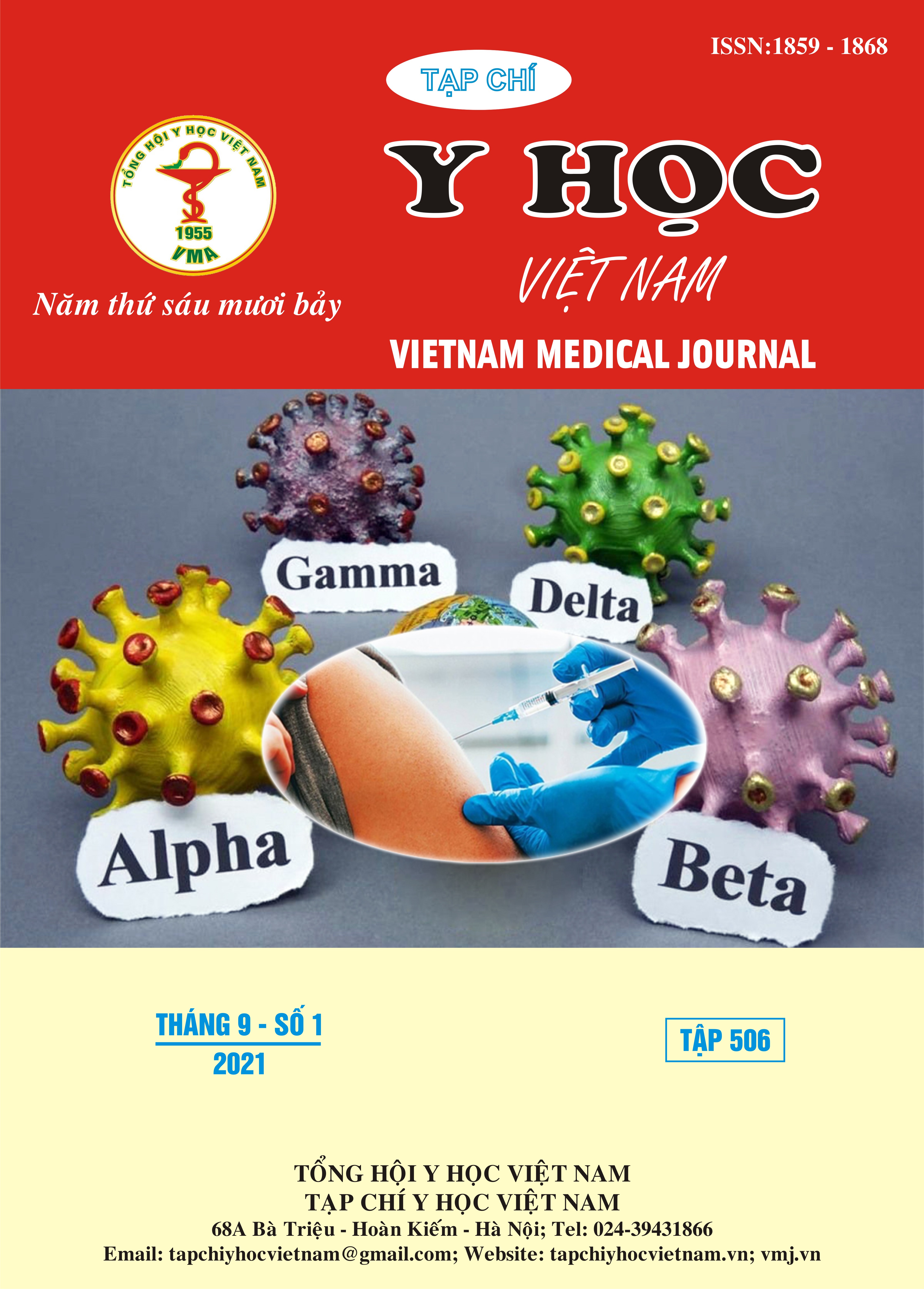DELTA CHECKS COMPARED FOR SELECTED BIOCHEMISTRY TESTS
Main Article Content
Abstract
Delta check is a quality control method that compares current and previous test results of patients and detects whether the difference between the two results exceeds pre-defined criteria. Delta check methods ensure the detection of pre-analytical errors, clerial errors, and random errors that cannot be detected using commonly used quality control methods, thereby improving the reliability of clinical tests. The study was conducted to compare the distribution of delta difference and delta percent change for several biochemical tests in inpatients and outpatients. The paired of patient test results obtained on the same automated biochemistry analyser for 9 clinical chemistry tests were collected from inpatients and outpatients. The distribution of delta difference of glucose, AST, ALT, sodium, potassium, chloride, calcium tests at several percentiles in inpatients was larger than in outpatients. For urea and creatinine tests, the distribution of delta differences in inpatients and outpatients tended to be similar. When compared with inpatients, the 50th, 95th, 97.5th, and 99th percentiles of the delta percent change of the urea, creatinine, glucose, calcium tests in the outpatients were smaller; while AST, ALT, sodium,potassium, chloride tended to be larger. This result suggests that it is needed to divide patients into inpatient and outpatient groups to determine appropriate delta check thresholds for each of these subjects.
Article Details
Keywords
Delta check, delta difference, delta percent change, inpatient, outpatient
References
2. Snydman, L.K., et al., Voluntary electronic reporting of laboratory errors: an analysis of 37,532 laboratory event reports from 30 health care organizations. Am J Med Qual, 2012. 27(2): p. 147-53.
3. Kazmierczak, S.C., Laboratory quality control: using patient data to assess analytical performance. Clin Chem Lab Med, 2003. 41(5): p. 617-27.
4. Straseski, J.A. and F.G. Strathmann, Patient data algorithms. Clin Lab Med, 2013. 33(1): p. 147-60.
5. Nosanchuk, J.S. and A.W. Gottmann, CUMS and delta checks. A systematic approach to quality control. Am J Clin Pathol, 1974. 62(5): p. 707-12.
6. Wheeler, L.A. and L.B. Sheiner, A clinical evaluation of various delta check methods. Clin Chem, 1981. 27(1): p. 5-9.
7. Park S, Kim S-Y, Lee W, Chun S, Min W-K. New Decision Criteria for Selecting Delta Check Methods Based on the Ratio of the Delta Difference to the Width of the Reference Range Can Be Generally Applicable for Each Clinical Chemistry Test Item. Annals of laboratory medicine. 2012; 32:345-354.
8. Kim, J.W., J.Q. Kim, and S.I. Kim, Differential application of rate and delta check on selected clinical chemistry tests. J Korean Med Sci, 1990. 5(4): p. 189-95.
9. Lacher, D.A. and D.P. Connelly, Rate and delta checks compared for selected chemistry tests. Clin Chem, 1988. 34(10): p. 1966-70.


